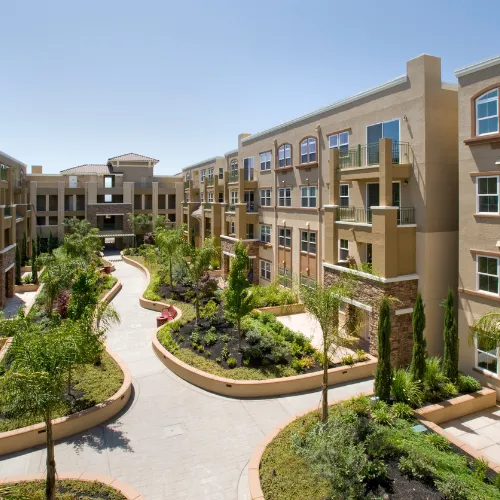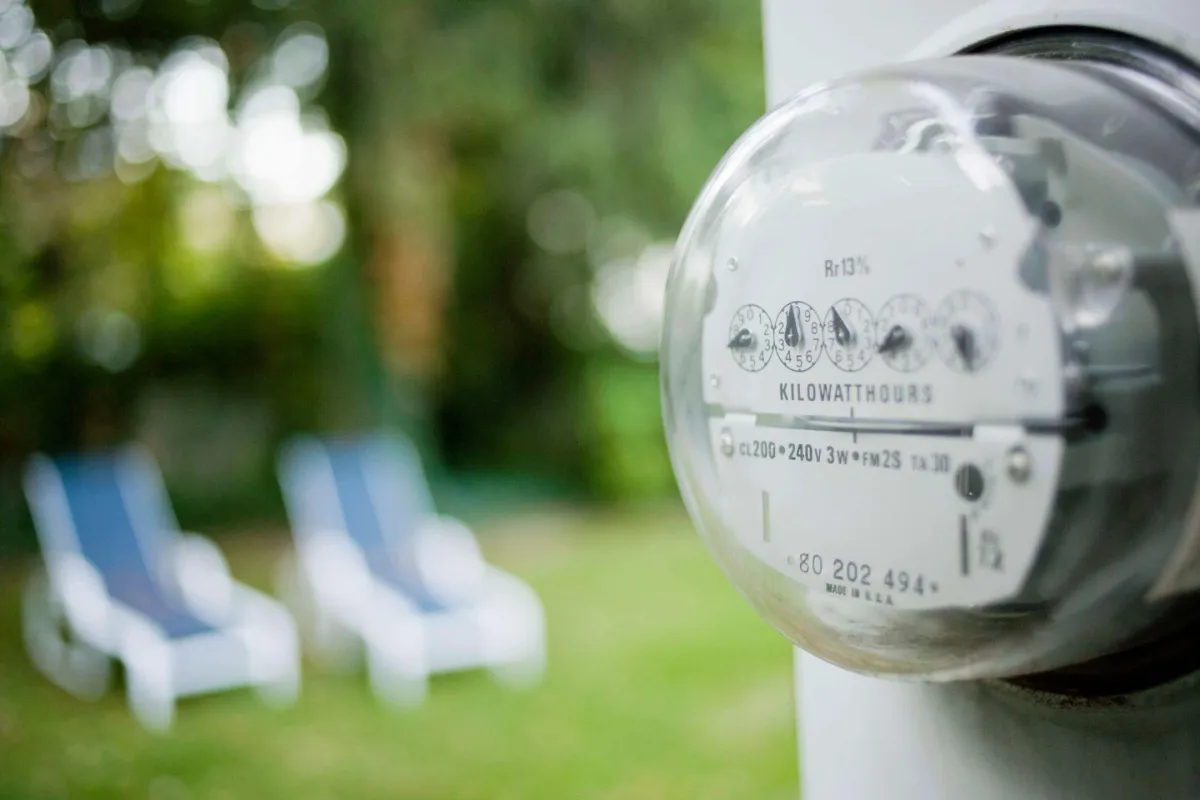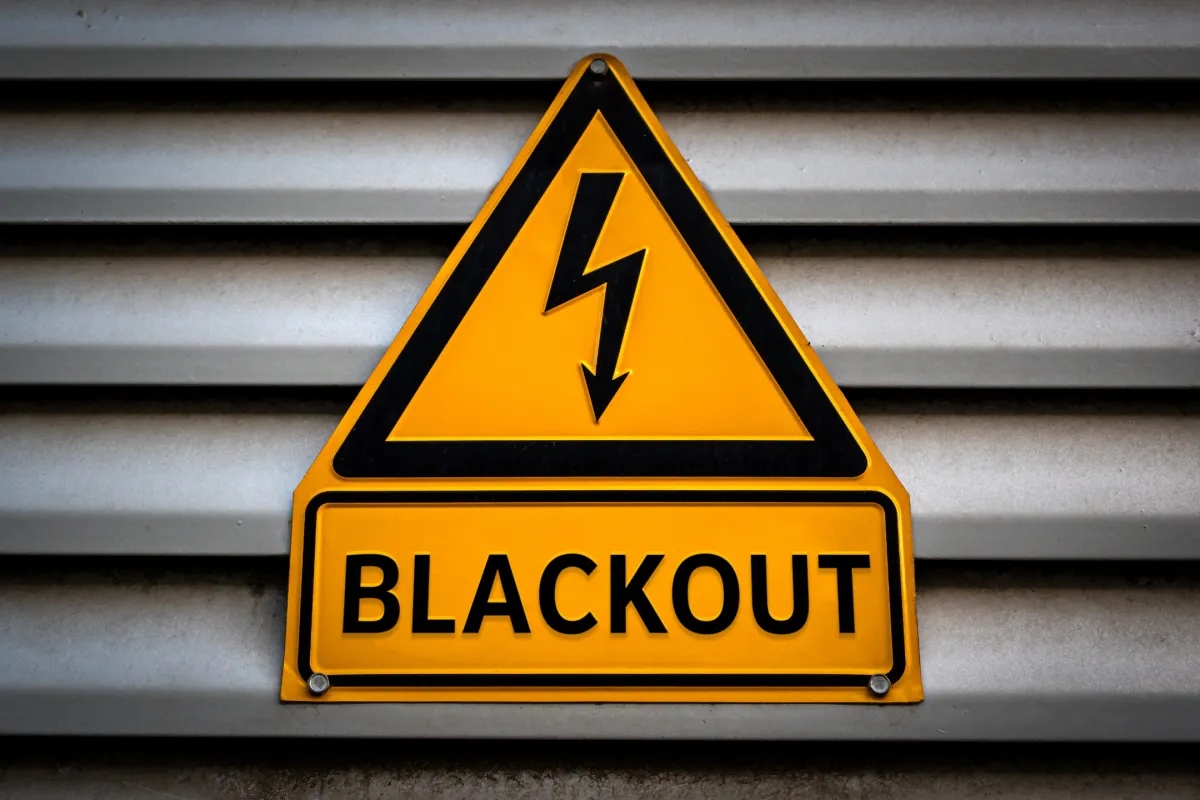PSG Energy is your strategic energy cost partner

The $2.3M Rate Classification Goldmine

The Challenge: Hidden in Plain Sight
A national apartment management company with 47 California properties was bleeding money on common area utilities - lobbies, hallways, pools, fitness centers, and landscaping. Their CFO knew something was wrong when common area costs were eating 23% of gross rental income.
The red flag: Identical properties in similar markets had vastly different utility costs with no logical explanation.
"Our common area utility bills were all over the map. Some properties were profitable, others were break-even, and we couldn't figure out why." - VP of Operations
The Investigation: The Rate Classification Trap
Our analysis revealed a shocking discovery: 89% of their properties were classified as "residential" accounts for common area utilities, despite being commercial operations. This single misclassification was costing them millions annually.
The smoking gun: California utilities automatically assign residential rates to apartment properties, assuming all usage is tenant-related.
The oversight: Previous property managers never questioned the rate assignments, accepting them as "standard for apartments."
The "Simple" Solution That Wasn't Simple
The challenge: Utilities resist rate changes, claiming apartments don't qualify for commercial rates.
Our strategy:
Documented that common areas serve commercial functions (business operations, not residential living)
Leveraged California Public Utilities Commission regulations supporting commercial classification
Presented usage pattern analysis proving commercial operation characteristics
Negotiated property-by-property rate reviews with utility executives
The Systematic Victory
Property by property results:
Marina Del Rey complex: 47% reduction ($18,400 annual savings)
San Diego portfolio (8 properties): 52% average reduction ($127,000 annual savings)
Bay Area properties: 43% reduction ($89,000 annual savings)
Statewide portfolio impact: Up to 50% savings on common area accounts
The Transformation
$2.3M total annual savings across the portfolio
Property NOI improvement of $48,000 average per property
Competitive advantage through lower operating costs
Scalable solution applied to new acquisitions
Timeline: 4 months to reclassify entire California portfolio
The Ripple Effect
"PSG didn't just save us money - they gave us a competitive weapon. We can now acquire properties others can't make profitable." - CFO
The expansion: Success in California led to rate audits in Texas, Florida, and Arizona, uncovering similar opportunities.
The Hidden Pattern
Industry-wide discovery: 78% of apartment management companies nationwide have similar rate misclassifications, representing billions in recoverable costs.
The lesson: "Standard" utility practices often aren't in your favor - they're just convenient for utilities.
The Competitive Advantage
With stabilized utility costs, the property could offer competitive lease rates while maintaining healthy margins - turning a crisis into a market advantage.
The Ongoing Advantage
With optimized utility costs, the company could:
Offer more competitive rental rates
Improve property acquisition criteria
Increase investor returns
Fund property improvements from utility savings
Why This Case Matters:
Shows how "standard" utility practices can be completely wrong
Demonstrates the power of challenging automatic rate assignments
Proves that systematic problems require systematic solutions
Illustrates how utility optimization creates competitive advantages
Are your properties paying residential rates for commercial operations?








